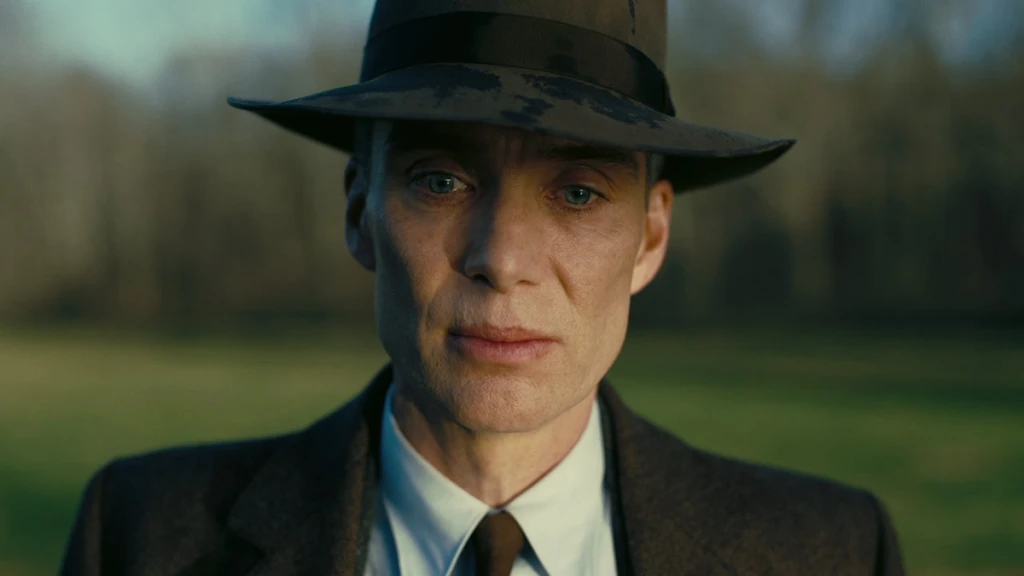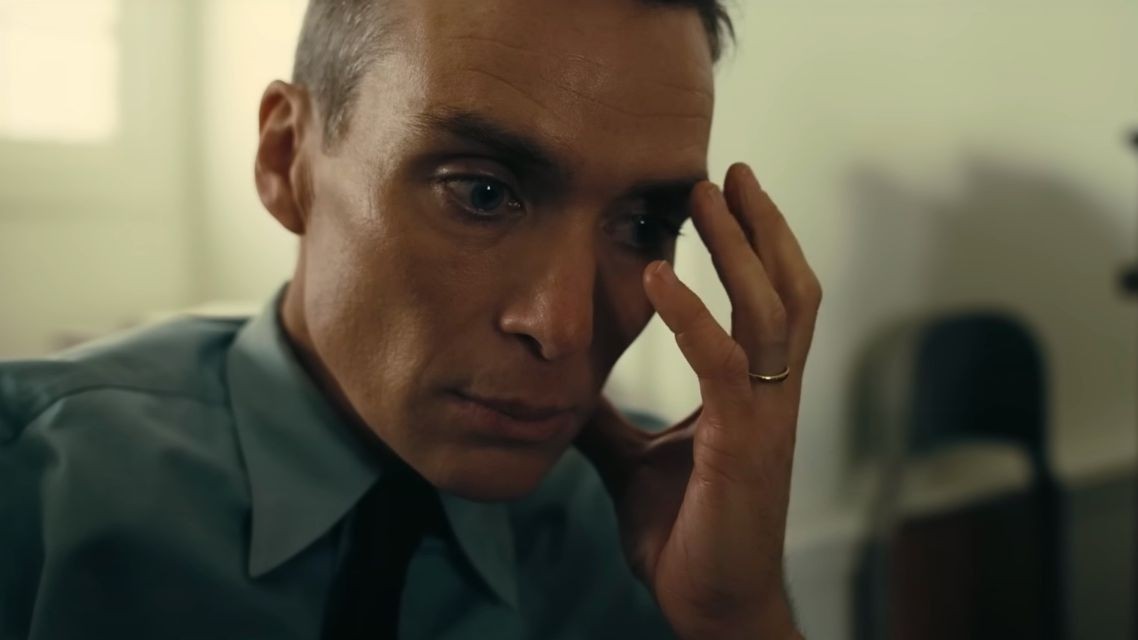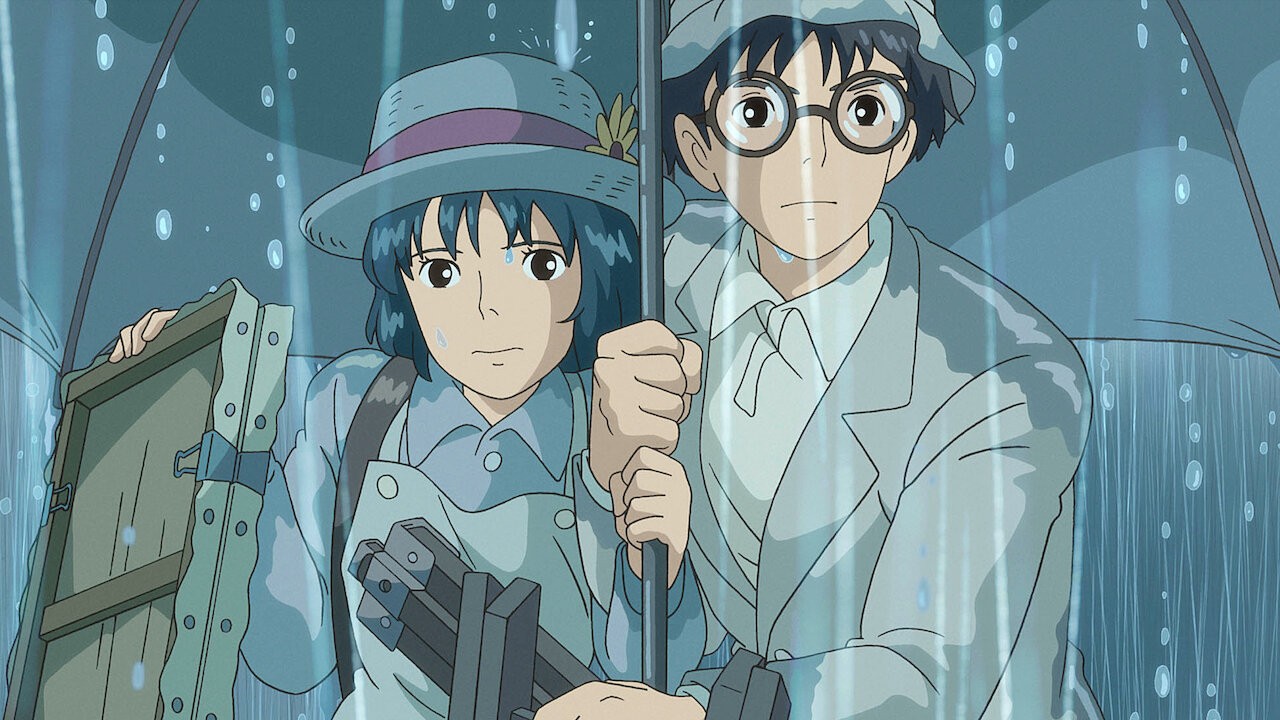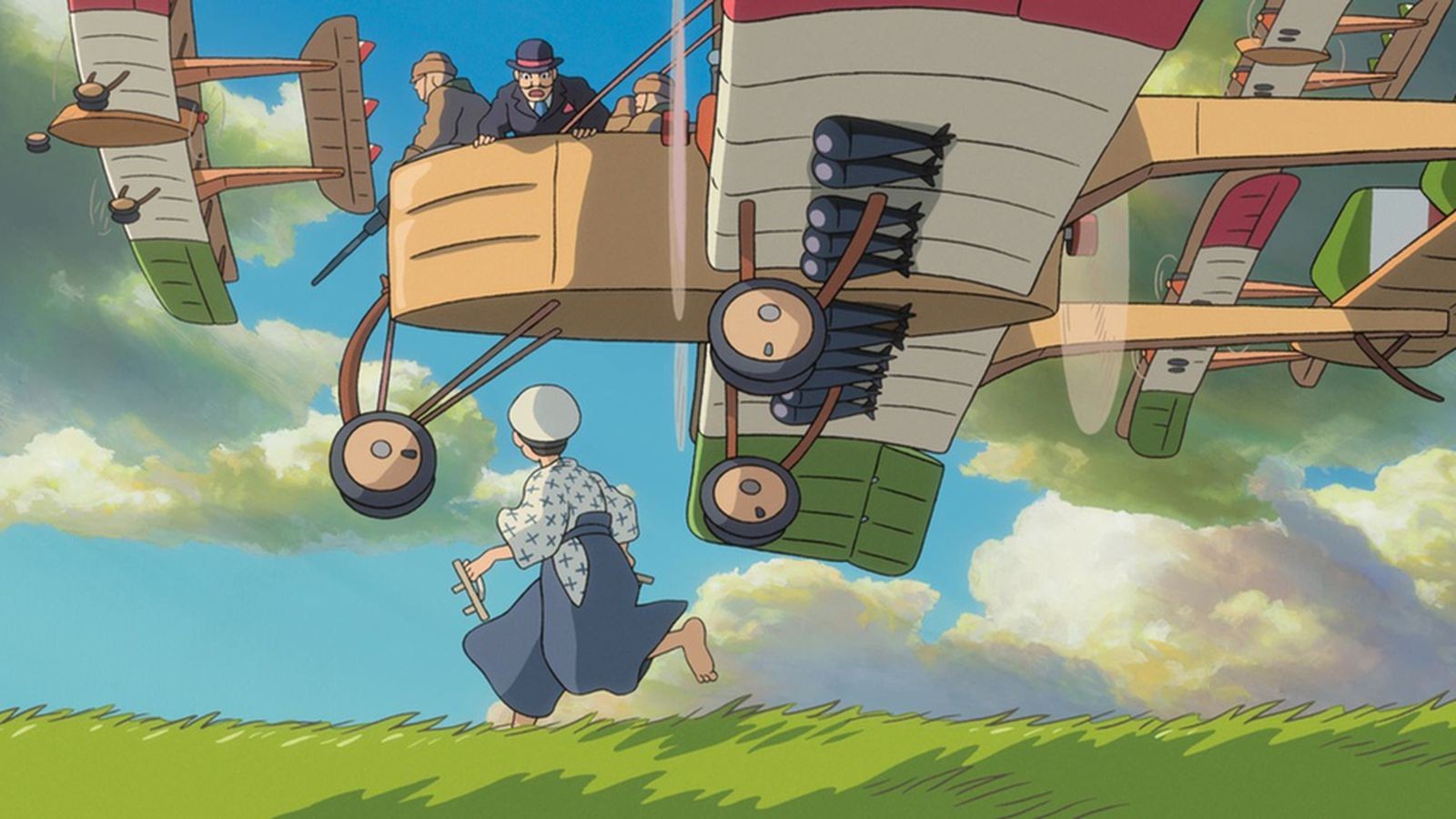Christopher Nolan and Hayao Miyazaki are two of the most celebrated and respected filmmakers of all time. Despite belonging to two very different mediums, they manage to tell stories so real that they have a huge, lasting impact on their audience. While on the surface, one may not think these two filmmakers have many projects that can be compared, the truth is far from this. Nolan’s Oppenheimer and Miyazaki’s The Wind Rises are two very similar movies with plots that are so uniquely synonymous that they can be compared. More specifically, these two movies have four distinctive similarities.

1) Jiro Horikoshi and Robert J. Oppenheimer Are Obsessive Creators
When it comes to both Oppenheimer and The Wind Rises, what exists at the center of both these films is the theme of obsession. This is so dominant in both the protagonists that it feels like a living, breathing part of the story itself. Robert J. Oppenheimer is plagued by the responsibility that comes with being a great mind. Carrying the weight of the world on his shoulders, he cannot help but do everything in his power to create, to not go mad. He neglects his family, being a poor husband and father, while at the same time, doing all that he can in his power to achieve what he sought to do.

“now it’s your turn to deal with the consequences of your achievement;” Albert Einstein in Christopher Nolan’s Oppenheimer.
Jiro Horikoshi is not different in this, having a dream of making beautiful planes and doing anything that he has to reach this goal, including joining the Japanese army. He also puts his sick wife on the sidelines so that he has some peace after solving the puzzle that he is so desperately trying to solve.
2) Both Created Weapons of Destruction

While this was not the goal they set out to achieve, both Jiro Horikoshi and Robert J. Oppenheimer ended up creating weapons of mass destruction that caused tragedy and death to a level that had never been seen before, all in the same war. The former created the Mitsubishi A6M Zero fighter plane that was used by Japan when they attacked Pearl Harbor. This prompted the United States of America to drop two atomic bombs on the cities of Hiroshima and Nagasaki, which were made by Oppenheimer during The Manhattan Project.
3) Themes Of Obsession and War
While obsession is a central theme of these two films, one distinct factor that makes them different from other films about the same, like Whiplash and Black Swan, is the introduction of war. On one side there is Oppenheimer, who excuses the actions of their characters in the first half of the film through one simple plot point, they need to make the atomic bomb so that Germany does not make it first. Be the lesser one of the two evils. The question that arises in this is, does this absolve Oppenheimer from the moral responsibility of technically destroying the world?

“Airplanes are beautiful cursed dreams waiting for the sky to swallow them up” Gianni Gaproni in The Wind Rises.
In The Wind Rises, Horikoshi chooses ignorance in pursuit of what he is trying to achieve. Time and time again, he focuses on his craft rather than the fallout that is coming from it, trying to perfect his flying and looking past the death and destruction that it is causing. Despite repeated warnings, he keeps going, looking at his work as a puzzle rather than something that has consequences.
Also Read: 5 MCU Movies Oppenheimer’s Christopher Nolan Would Nail If He Returned To The Superhero Genre
4) Autobiographical Nature
While both of these films are based on true events, it is difficult to ignore the reflection they have of their creators. A lot of the demons that haunt Oppenheimer also seem to keep Christopher Nolan up at night. Plagued with the responsibility of creating, regardless of the cost is something that almost seems like a message from the filmmaker to the audience about himself. On the other hand, the connection between Horikoshi and Hayao Miyazaki is a lot more evident, with parts of his story being changed to better fit the animator’s reality. Both cannot help but be neglectful of their loved ones, who are suffering from tuberculosis, just so they can keep creating.

This is perhaps, also why both films do not look too deeply into the moral repercussions that follow these characters, being all too personal for Nolan and Miyazaki.
5) They Were Both Dreamers

“You told me that airplanes are beautiful dreams, so I am going to make beautiful airplanes” Jiro Horikoshi in The Wind Rises.
Finally, both of these characters did not seek out to cause mass death and destruction. They were simply people with dreams of doing something great. They wanted to create something of significance, not for glory, but for the satisfaction of a hunger that has haunted them and followed them their entire lives. They had a dream, that turned their lives into a waking nightmare.

